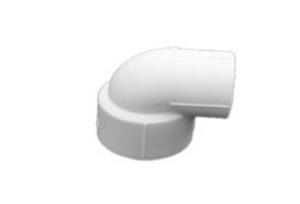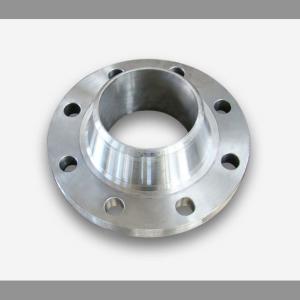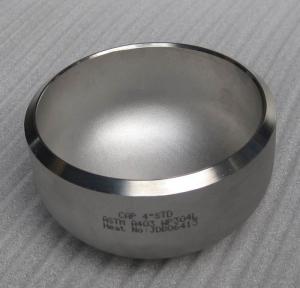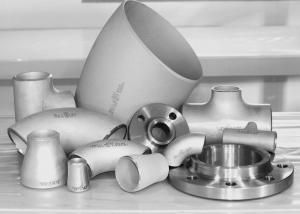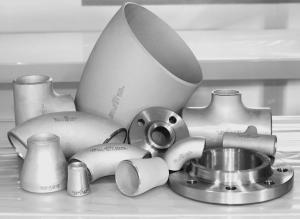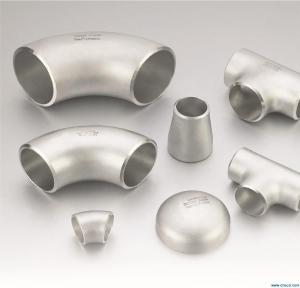Scratches On Stainless Steel
Scratches On Stainless Steel Related Searches
Best Paint For Stainless Steel Blanket Insulation For Steel Buildings Primer For Galvanized Steel Foam Filter For Stainless Steel H S Code For Stainless Steel Surface Grinding Wheels For Stainless Steel Surface Grinding Wheels For Hardened Steel Hole Saw For Stainless Steel Paint For Stainless Steel Stainless Steel For BbqHot Searches
Steel Mesh Panels For Sale Price For Stainless Steel Scrap Scrap Price For Stainless Steel Price For Stainless Steel Stainless Steel Tank For Sale Stainless Steel Sheets For Sale Cheap High Tea Sets For Sale Stainless Steel Tanks For Sale Stainless Steel For Sale High Density Fiberboard For Sale Solar Hot Water Collectors For Sale Scaffolding For Sale In Uae Scaffolding For Sale In Ireland Scaffolding For Sale In Houston Type Of Inverter For Solar Price Of Shipping Containers For Sale Types Of Inverter For Solar Stock Price For Aluminum Used Solar Inverter For Sale Steel Mesh Panels For SaleScratches On Stainless Steel Supplier & Manufacturer from China
Okorder.com is a professional Scratches On Stainless Steel supplier & manufacturer, offers integrated one-stop services including real-time quoting and online cargo tracking. We are funded by CNBM Group, a Fortune 500 enterprise and the largest Scratches On Stainless Steel firm in China.Hot Products
FAQ
- Cleaning stainless steel flats is a fairly straightforward process. Here, we present a set of instructions that you can utilize to effectively clean your stainless steel flats: 1. Begin by eliminating any loose dirt or debris from the surface of the stainless steel flats. You can accomplish this by employing a gentle brush, microfiber cloth, or a vacuum cleaner with a brush attachment. 2. Following that, prepare a cleaning solution. You have the option of utilizing warm water mixed with a mild dish soap or a stainless steel cleaner specifically formulated for this purpose. It is advisable to avoid using abrasive cleaners or scouring pads, as they have the potential to scratch the surface of the stainless steel. 3. Submerge a soft cloth or sponge into the cleaning solution and delicately wipe the surface of the stainless steel flats. Be sure to move in the same direction as the grain of the steel to prevent leaving behind streaks or scratches. In the case of stubborn stains or grime, you can apply a bit more pressure, but exercise caution to avoid damaging the surface. 4. Thoroughly rinse the flats with clean water in order to remove any soap residue. This step is crucial in preventing the formation of film or streaks on the stainless steel. 5. Once rinsed, utilize a clean, dry microfiber cloth or a soft towel to wipe the flats dry. This will prevent the formation of water spots or minerals that could lead to discoloration or streaks. 6. For an added shine, you can apply a stainless steel polish or a few drops of mineral oil onto a clean cloth. Gently rub the polish onto the surface in circular motions. It is important to note that this step is optional but can aid in restoring the luster of the stainless steel. Always remember to carefully read and adhere to the instructions provided by the manufacturer of your stainless steel flats. Consistent maintenance and cleaning will assist in maintaining the optimal appearance of your stainless steel flats and extend their lifespan.
- Yes, stainless steel flats can be used in the automotive industry. Stainless steel is known for its high strength and corrosion resistance, making it suitable for various automotive applications such as body panels, exhaust systems, and structural components. Its durability and aesthetic appeal also make it a popular choice in the automotive industry.
- The specific grade of stainless steel used determines the maximum temperature it can withstand. Stainless steel is generally recognized for its high heat resistance and ability to tolerate temperatures up to 1600°F (870°C) without significant structural changes. However, it is important to note that the maximum temperature limit may differ depending on the grade of stainless steel. For example, austenitic stainless steel grades like 304 and 316 have good heat resistance and can handle temperatures up to 1500°F (815°C). On the contrary, ferritic stainless steel grades like 430 have lower heat resistance and may not be suitable for long-term exposure to temperatures above 1200°F (650°C). Therefore, it is crucial to consult the manufacturer's specifications or seek professional advice to determine the maximum temperature limit for a specific grade of stainless steel flat.
- Some common applications of stainless steel flats include construction purposes such as building frames, bridges, and infrastructure. They are also used in the manufacturing of kitchen appliances, utensils, automotive parts, and machinery components. Additionally, stainless steel flats are often utilized in the production of medical equipment, aerospace structures, and marine vessels due to their corrosion-resistant properties.
- The price of stainless steel flats can vary significantly based on the grade and finish of the material. Grades of stainless steel flats range from the basic 304 and 316 stainless steel to more specialized grades such as 430 and 201. The grade of stainless steel used in the flats determines its corrosion resistance, strength, and overall quality. In general, higher grades of stainless steel flats tend to be more expensive due to their enhanced properties and durability. For example, 316 stainless steel flats are known for their superior corrosion resistance and are therefore priced higher than 304 stainless steel flats, which are less resistant to certain corrosive environments. The finish of stainless steel flats also plays a significant role in determining their price. Stainless steel flats can be manufactured with various finishes, including brushed, polished, satin, or mirror finishes. These finishes not only affect the appearance of the flats but also impact their resistance to staining, scratching, and overall aesthetic appeal. Generally, flats with a more refined and polished finish are more expensive than those with a basic brushed finish. Furthermore, additional treatments or coatings applied to the stainless steel flats can also influence their price. For instance, if the flats are coated with protective layers or undergo specialized treatments to enhance their corrosion resistance or durability, the cost will likely increase. Ultimately, the price of stainless steel flats is determined by a combination of factors, including the grade of stainless steel used, the desired finish, and any additional treatments or coatings applied. It is essential to consider these factors when purchasing stainless steel flats to ensure that you are getting the desired quality and performance for your specific application.
- Stainless steel flats perform exceptionally well in extreme temperatures due to their excellent thermal stability and resistance to both high and low temperatures. They maintain their strength and mechanical properties, making them highly reliable and suitable for various applications in extreme temperature environments.
- Architectural sculptures can indeed benefit from the use of stainless steel flats. This material is well-liked for its endurance, robustness, and aesthetic appeal. Its remarkable resistance to corrosion makes it a fitting choice for outdoor installations. Moreover, stainless steel flats can be easily manipulated and molded into various shapes, enabling the creation of intricate and imaginative designs in architectural sculptures. Notably, stainless steel exudes a modern and sophisticated appearance that complements contemporary architectural styles. Its reflective surface also produces captivating visual effects that enhance the overall artistic impact of the sculpture. Thus, stainless steel flats serve as an appropriate and versatile material for crafting enduring and visually captivating architectural sculptures.
- There are several advantages of using stainless steel flats. Firstly, stainless steel is highly resistant to corrosion and rust, making it suitable for use in environments where moisture or chemicals are present. Secondly, it has high strength and durability, making it ideal for applications that require sturdy and long-lasting materials. Additionally, stainless steel flats have a clean and sleek appearance, making them aesthetically pleasing and suitable for various architectural and design purposes. Lastly, stainless steel is easy to maintain and clean, as it is resistant to staining and does not require frequent polishing or painting.


















